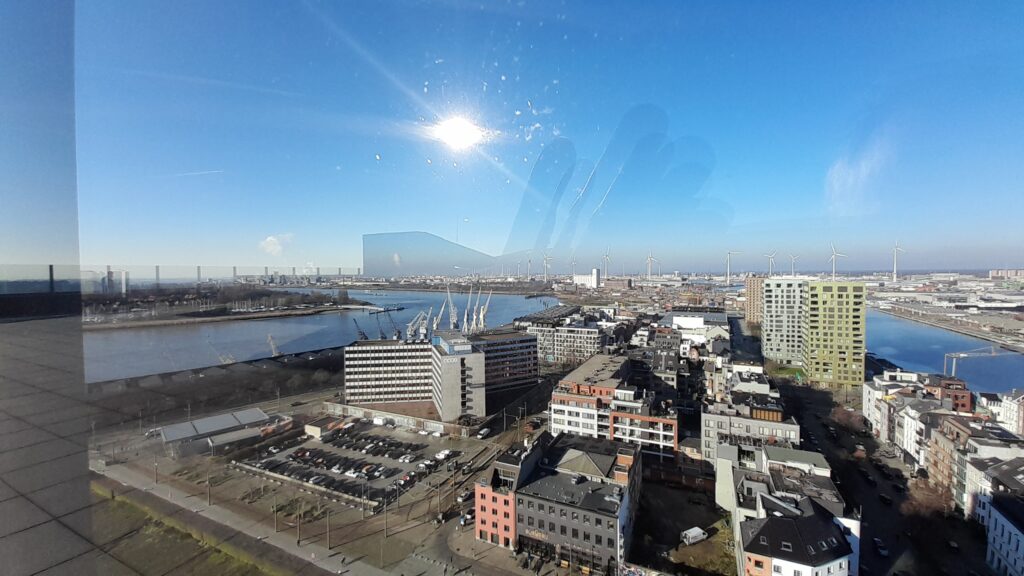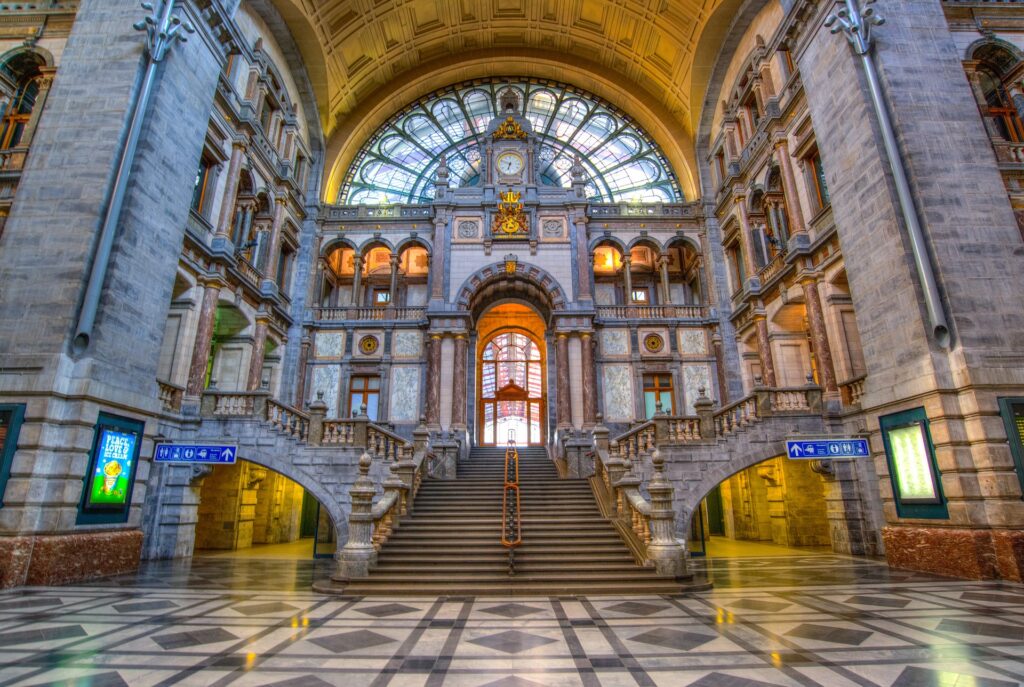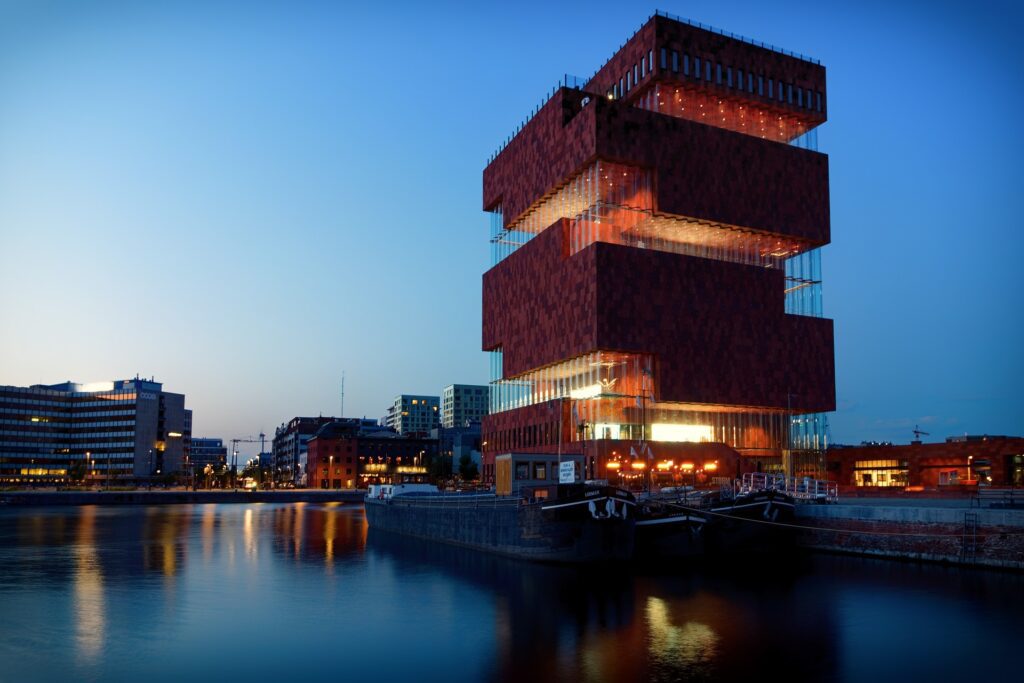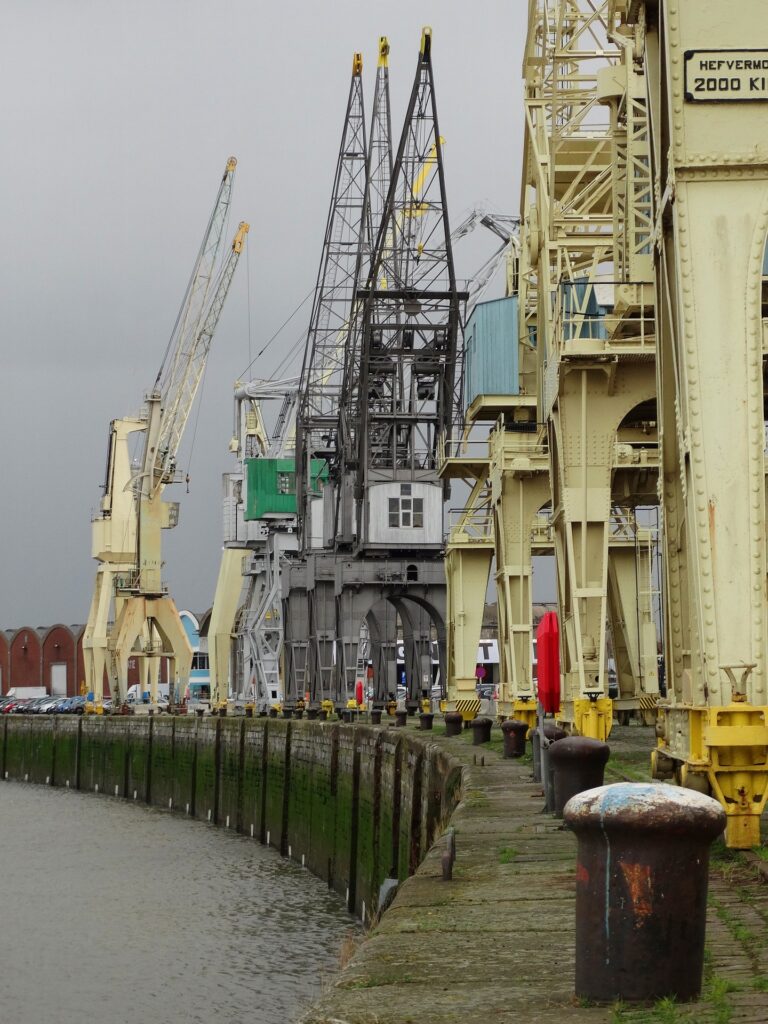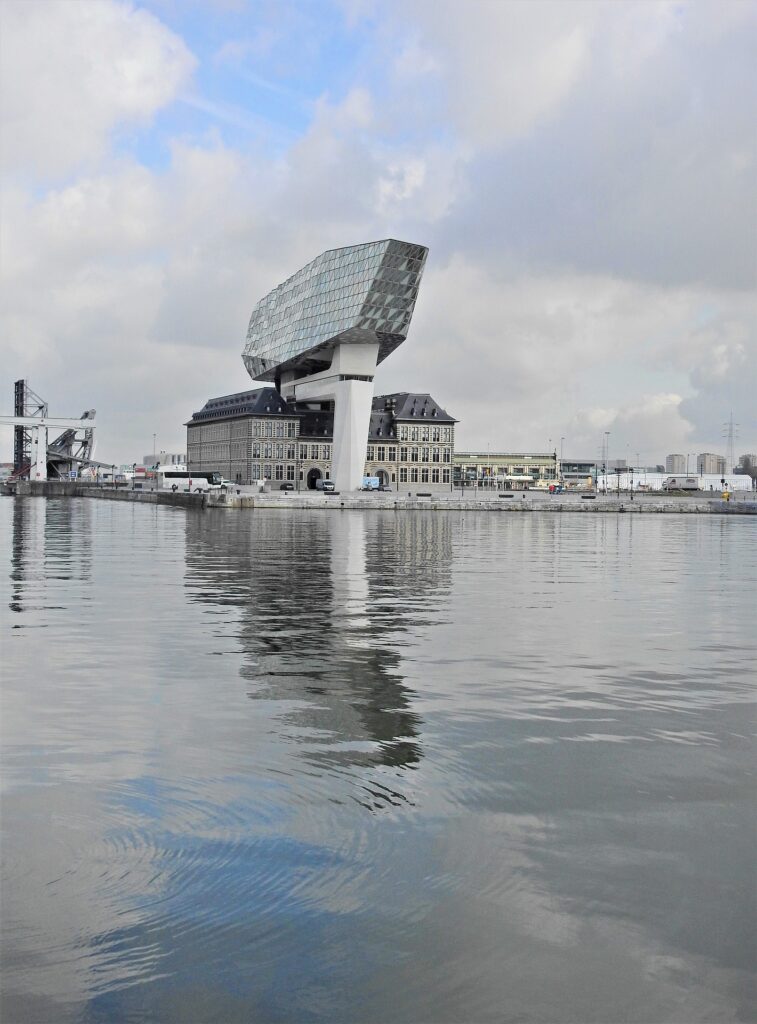Book now
So much to see and so little time! Spend the night in Antwerp or take a guided tour..
Antwerp: A City Rich in Culture, History, and Delicious Cuisine
Antwerp is a city located in the Flemish region of Belgium and is the capital of the province of Antwerp. It has a long history dating back to Roman times and has played a significant role in European history. The city is known for its rich culture and diverse community, with several museums, galleries, and cultural events.
articles
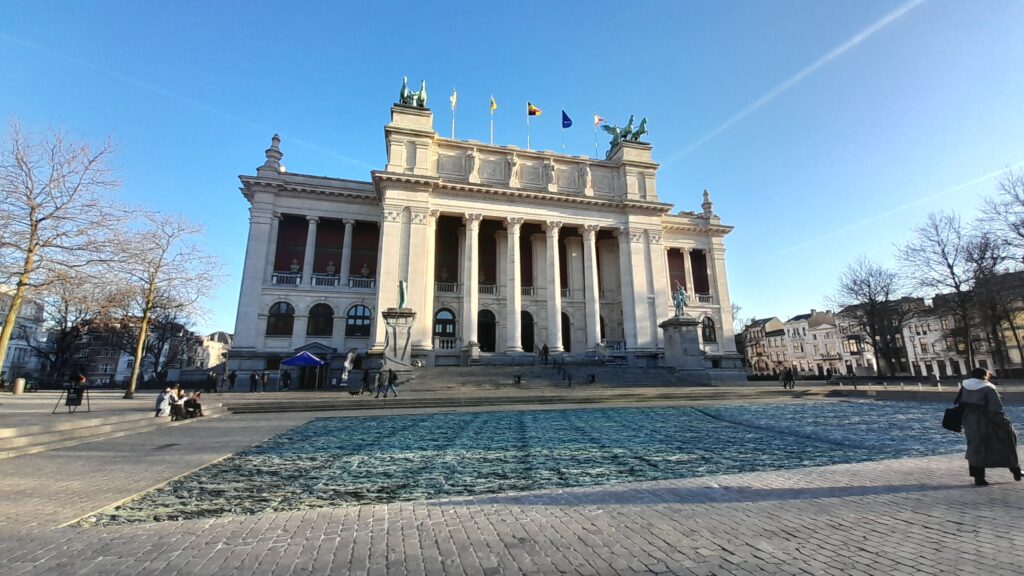
15 best museums to visit in Antwerp
Antwerp is renowned for its rich cultural heritage and artistic legacy with numerous museums scattered throughout the city…
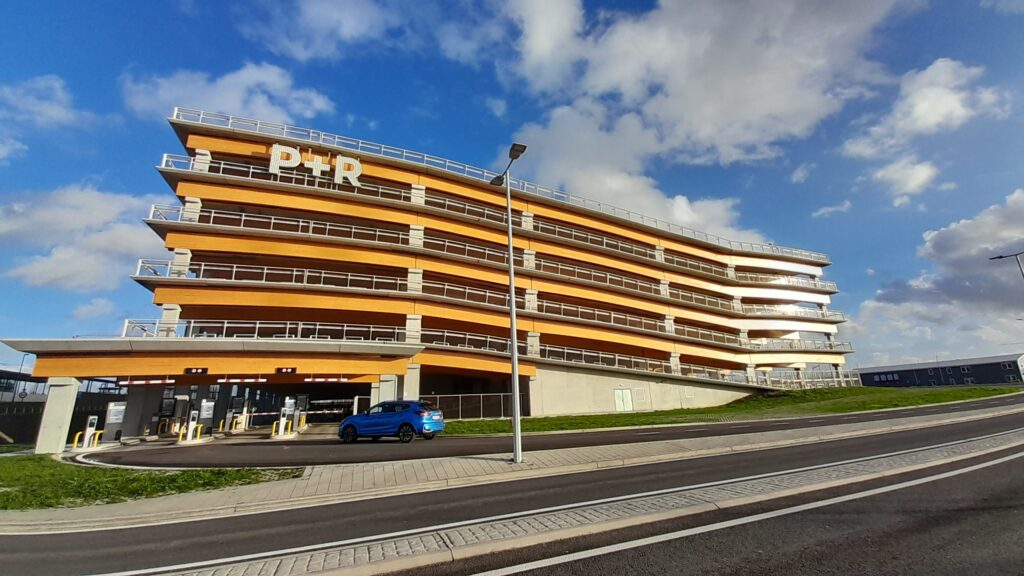

How and where to park your car in Antwerp
Are you planning a trip to Antwerp and wondering how and where to park your…
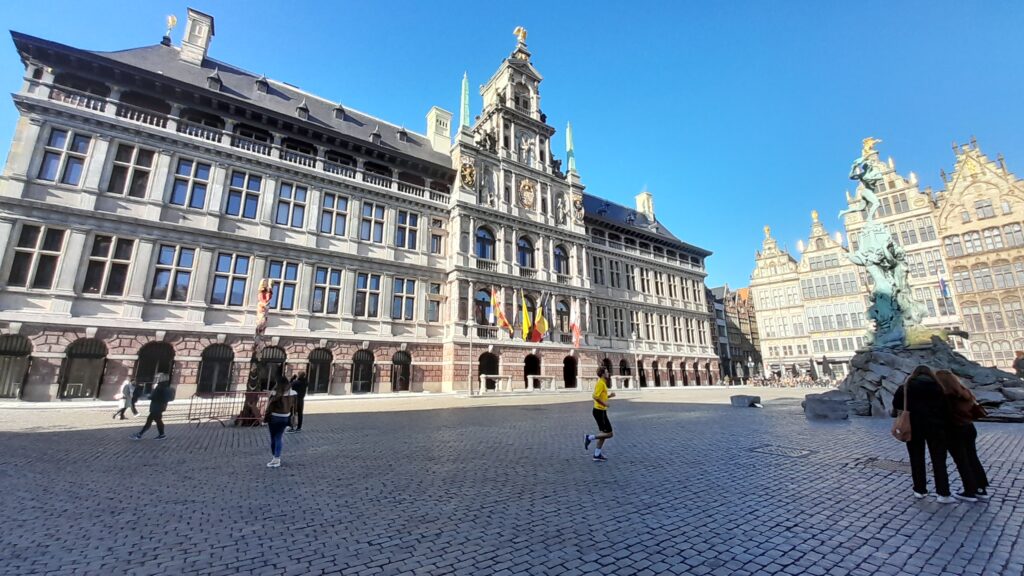

34 fun things to see and do in Antwerp
Antwerp is an exciting city with plenty of activities and attractions for visitors, from…
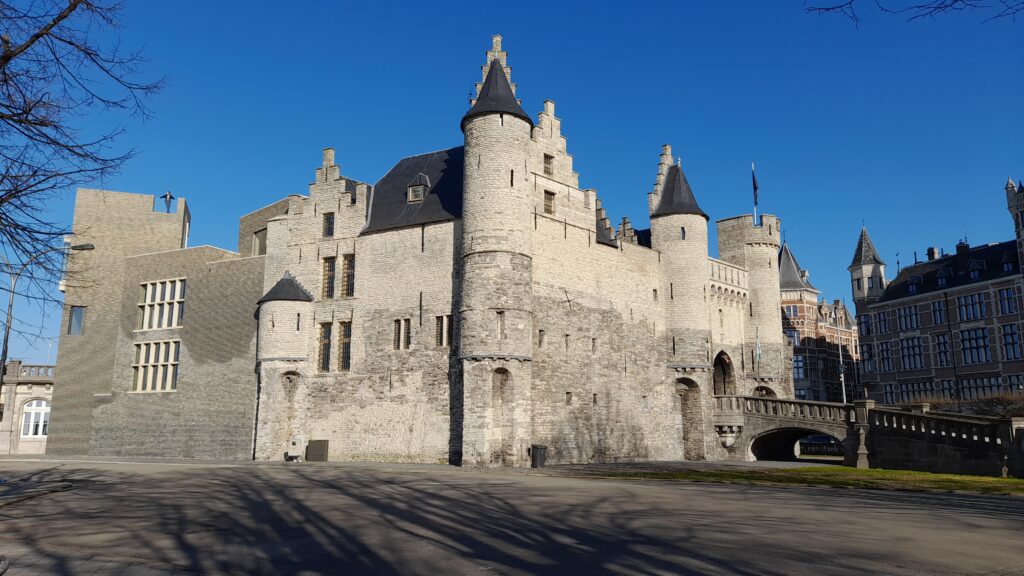

18 must-see historical buildings in Antwerp
Antwerp is a city full of rich history and architecture. We will explore 18 historic buildings….
15 best Hotels in Antwerp
Antwerp, one of the largest cities in Belgium, is a vibrant destination that attracts visitors from all around the world
In addition to its cultural offerings, Antwerp is also known for its delicious cuisine. Dishes like Flemish beef stew, Belgian Chocolates, and waffles are popular among locals and visitors alike. The city also has a thriving beer culture, with several breweries and beer bars.
Shopping is also a popular activity in Antwerp, with a range of boutiques, department stores, and markets. The city is also home to a number of diamond merchants, making it a popular destination for those looking to purchase diamonds.
Overall, Antwerp is a city that has something to offer everyone. From its rich history and cultural offerings to its delicious cuisine and shopping opportunities, there is always something new to discover in Antwerp.
Antwerp has a number of museums that showcase the city’s history, art, and culture. Here are five examples:
- The Royal Museum of Fine Arts: This museum houses a collection of art from the 15th to the 21st century, including works by artists such as Peter Paul Rubens and Vincent van Gogh.
- The Plantin-Moretus Museum: This museum is located in a historic printing house and is dedicated to the history of printing and bookmaking. It is a UNESCO World Heritage Site.
- The Antwerp City Museum: This museum covers the history of Antwerp from the Middle Ages to the present day, with exhibits on topics such as the city’s art and industry.
- The Red Star Line Museum: This museum is dedicated to the history of the Red Star Line, a shipping company that operated in Antwerp in the 19th and early 20th centuries. It tells the stories of the millions of emigrants who left Europe for a new life in the United States and Canada via Antwerp.
- The Museum Aan de Stroom (MAS): This museum is located in a striking modern building and features exhibits on Antwerp’s history, art, and culture and the wider region. It is known for its panoramic views of the city from the top floor.
These are just a few examples of museums that can be found in Antwerp. There are many others as well, including smaller, specialized museums that focus on specific topics or themes.
More usefull information and links
Get more out of your visit by searching and exploring the following information and website links
- Cathedral of Our Lady (Onze-Lieve-Vrouwekathedraal)
- Antwerp Central Station (Antwerpen-Centraal)
- Grote Markt (Main Square)
- Museum aan de Stroom (MAS)
- Rubens House (Rubenshuis)
- Plantin-Moretus Museum
- Antwerp Zoo
- Red Star Line Museum
- Museum of Contemporary Art (M HKA)
- Antwerp Port House (Havenhuis)
- Meir Shopping Street
- Het Steen (The Stone Castle)
- St. Charles Borromeo Church (Sint-Carolus Borromeuskerk)
- Museum Mayer van den Bergh
- St. Paul’s Church (Sint-Pauluskerk)
- Antwerp Diamond District
- De Koninck Brewery
- Cogels-Osylei (Architectural Street)
- Middelheim Park and Sculpture Museum
- Eilandje District
People also visit
Book a tour
written by Johnny
FAQ
Read more about other Belgian cities on my Belgium page.
This article may contain affiliate links. This means that we receive a small commission when you book something via these links. Of course, this does not cost you anything extra. Did our tips help you? We would love it if you book your trip via the links in the article above. Thank you so much.
